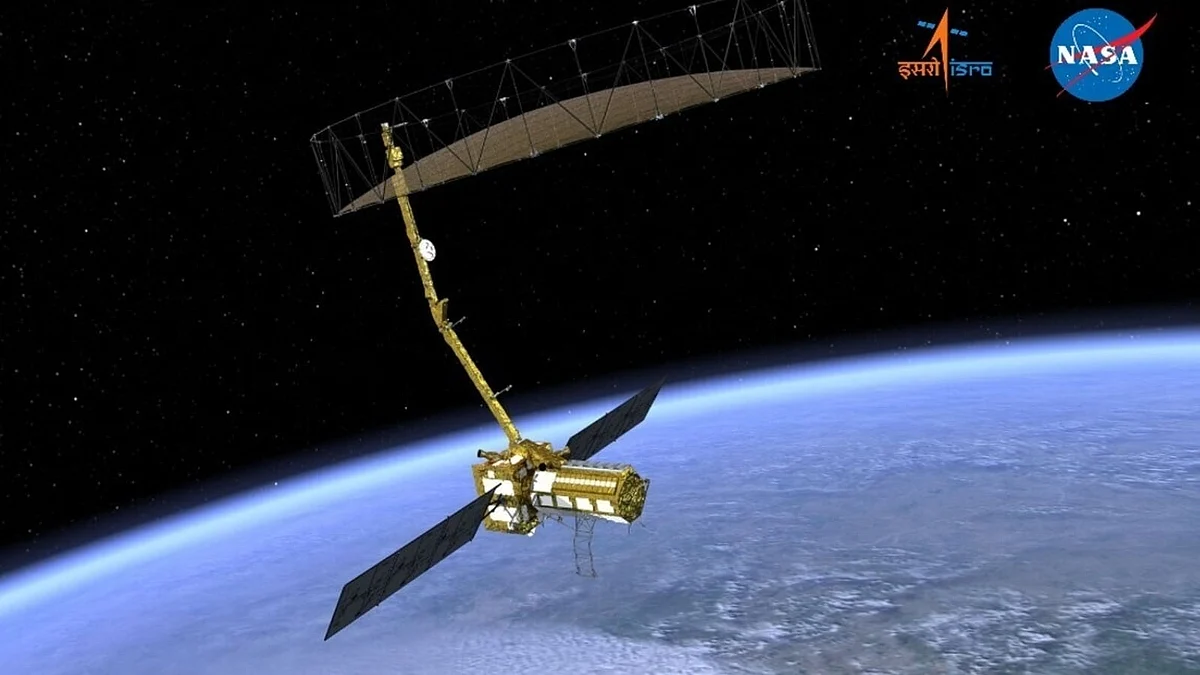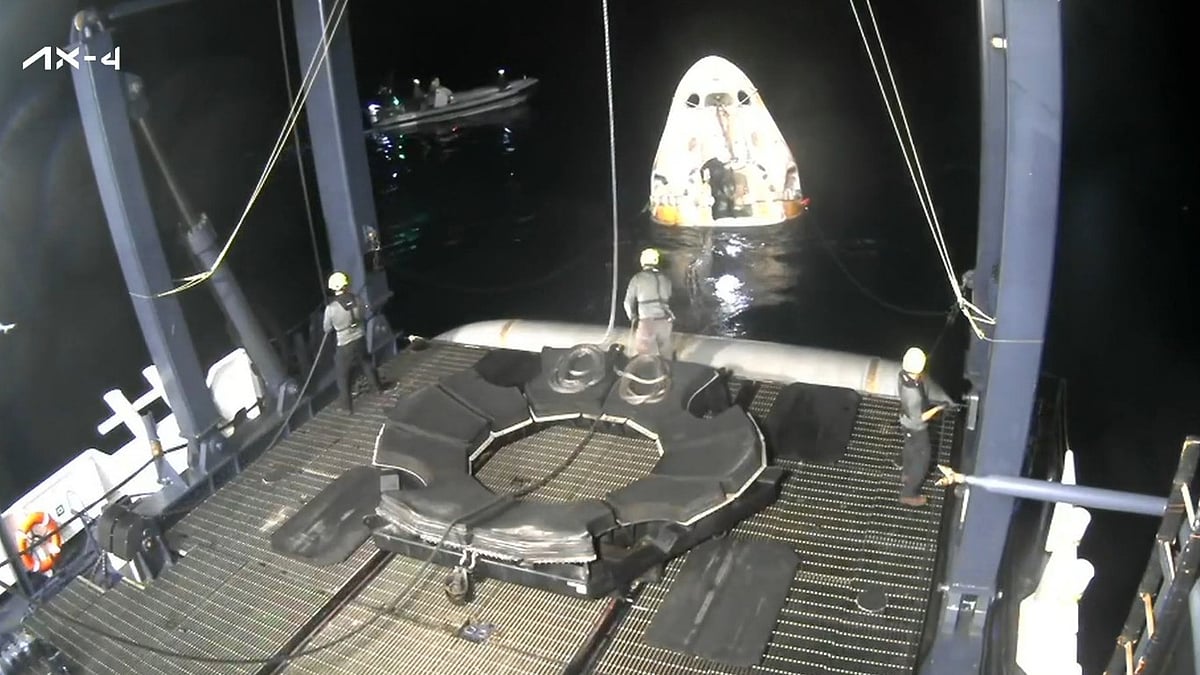NASA's James Webb Telescope, which is the world's most powerful observatory, has captured many stunning images from the cosmic world. But this time, the world's most powerful observatory has looked into the atmosphere of a distant exoplanet beyond our solar system.
When astronomers focused their telescopes on the heated Saturn WASP-39 b, they discovered a wide variety of atoms, molecules, and even hints of clouds and active chemistry. The planet's atmosphere has been observed separately by Hubble and Spitzer. And this information gives a hint as to what the clods would look like up close.
Astronomers speculate that instead of the clouds covering the globe uniformly, they would appear fragmented. As per recent research, the observatory may be able to explore the atmospheres of microscopic rocky plants in a similar way to the TRAPPIST-1 system.
Researcher's thoughts on the new discoveries:
Natalie Batalha, an astronomer at the University of California, Santa Cruz, who contributed to and helped coordinate the new research, said, "We observed the exoplanet with multiple instruments that, together, provided a broad swath of the infrared spectrum and a panoply of chemical fingerprints inaccessible until [this mission]." Further continuing, he said, "Data like this is a game changer."
"This is the first time we see concrete evidence of photochemistry—chemical reactions initiated by energetic stellar light—on exoplanets," said Shang-Min Tsai, a researcher at the University of Oxford in the United Kingdom and lead author of the paper explaining the origin of sulphur dioxide in WASP-39 b’s atmosphere. "I see this as a really promising outlook for advancing our understanding of exoplanet atmospheres with [this mission]."
What other elements did the observatory find:
WASP-39 b has the same mass as Saturn, but it orbits a star 700 light-years away in a tighter orbit than Mercury. The James Webb Space Telescope also found sodium (Na), potassium (K), and water vapour (H2O), which both confirmed earlier findings made by ground- and space-based telescopes and discovered new water fingerprints at these longer wavelengths. Along with carbon monoxide, the telescope also observed carbon dioxide (CO2) at a better resolution (CO).
"The abundance of sulphur [relative to] hydrogen indicated that the planet presumably experienced significant accretion of planetesimals that can deliver [these ingredients] to the atmosphere," said Kazumasa Ohno, a UC Santa Cruz exoplanet researcher who worked on Webb data.
Further continuing Ohno said, "The data also shows that oxygen is much more abundant in the atmosphere than carbon." This potentially indicates that WASP-39b originally formed far away from the central star.













